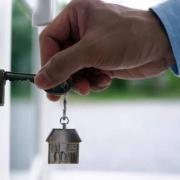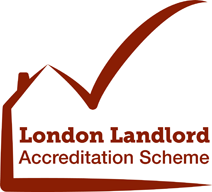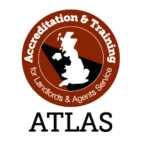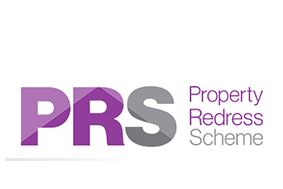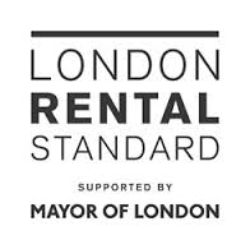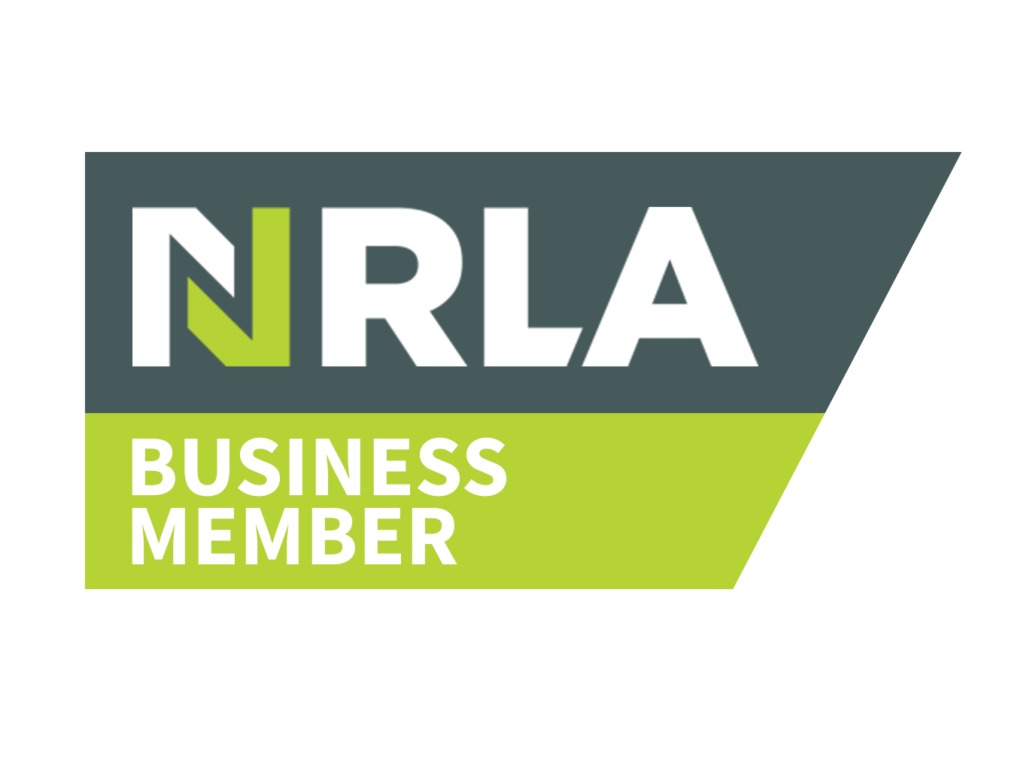Comprehending HMOs in the Field of Property Management
Understanding and Managing HMOs: A Comprehensive Guide
As the demand for affordable housing continues to rise, HMOs in the field of property management have become increasingly popular. HMOs are rental properties shared by three or more unrelated tenants who share common areas such as the kitchen, living room, and bathroom. HMOs are a lucrative investment opportunity for landlords, but they come with unique legal and management responsibilities. In this blog post, we will delve deep into the world of HMOs and help you understand the key aspects of managing HMOs.
What are HMOs?
HMOs are properties rented out to three or more tenants who are not part of the same family and share common facilities such as a kitchen, bathroom, or living room. HMOs are popular among students and young professionals who are looking for affordable accommodation. It can take many forms, such as a shared house, a converted building, or a purpose-built block of flats.
HMO Licensing
HMOs are subject to mandatory licensing under the Housing Act 2004. A property is considered an HMO if it meets the following criteria:
– It is rented to three or more tenants who form two or more households
– The tenants share a kitchen, bathroom, or toilet
– The property is their main residence
HMO landlords must obtain a license from their local council before they can legally rent out the property. The license fee and application process vary depending on the local council.
Management Responsibilities
HMO landlords have several responsibilities to ensure their properties are safe and habitable for tenants. Here are some of the key management responsibilities:
– Fire Safety: HMOs must comply with fire safety regulations, which include installing smoke alarms, fire doors, and emergency lighting. Landlords must also conduct regular fire risk assessments and provide tenants with a fire safety guide.
– Health and Safety: HMOs must meet certain health and safety standards, such as providing adequate heating, ventilation, and lighting. Landlords must also ensure that the property is free from hazards such as damp, mould, and vermin.
– Repairs and Maintenance: Landlords are responsible for ensuring that the property is in good repair and condition. This includes fixing any structural issues, repairing appliances, and maintaining the common areas.
– Tenant Management: Landlords must ensure that tenants are aware of their responsibilities, such as paying rent on time, keeping the property clean, and following house rules. Landlords must also have a system in place for dealing with tenant complaints and resolving disputes.
Benefits of HMOs
HMOs can be a lucrative investment opportunity for landlords. Here are some of the benefits of owning an HMO property:
– Higher Rental Income: HMOs can generate more rental income than traditional rental properties. This is because tenants pay rent on a room-by-room basis, which can add up to more than the rent for a single-family home.
– Lower Void Periods: HMOs are in high demand, especially in university towns and cities. This means that landlords can often find tenants quickly, reducing the risk of void periods.
– Diversification: Owning an HMO property can diversify your property portfolio and reduce your risk of income loss.
HMOs can be a profitable investment opportunity for landlords, but they come with unique legal and management responsibilities. HMO landlords must ensure that their properties meet safety and health standards, obtain the necessary licenses, and manage tenant relationships effectively. If you are considering investing in an HMO property, it is essential to do your research and seek professional advice. Get in touch with a property management company that specializes in HMOs to ensure that you are compliant with all legal requirements and maximize your rental income.


